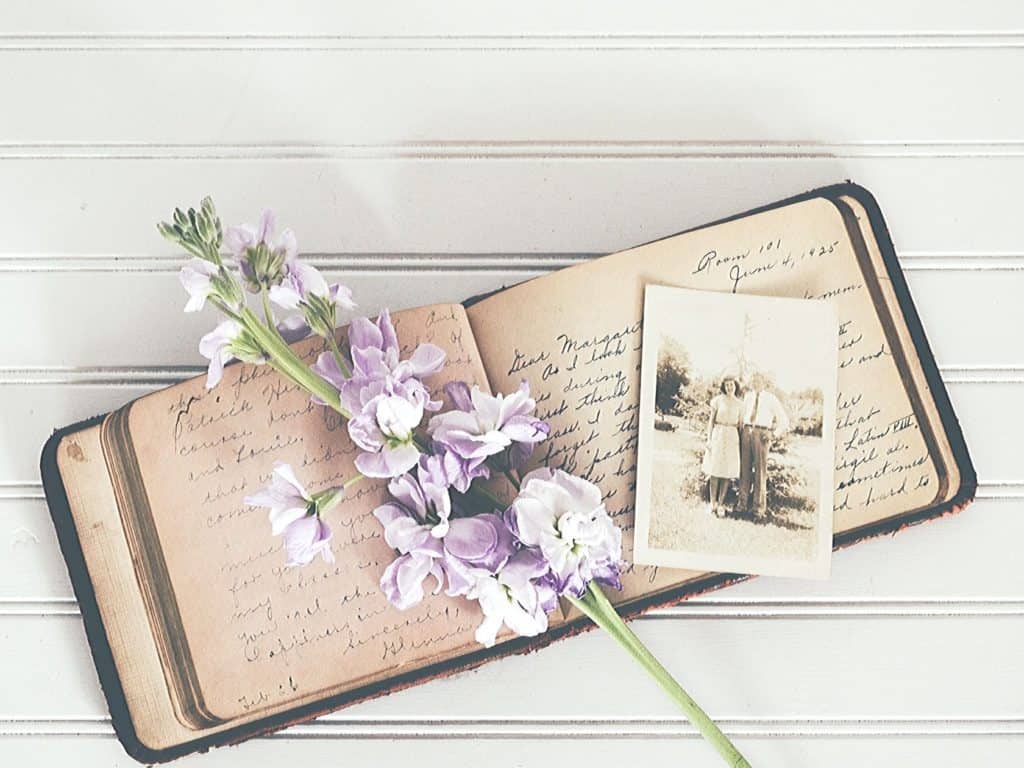Do you love other people’s family stories as much as I do? Are you eagerly accepting invitations to social gatherings, hoping to hear more from the friend whose brother was going to inherit the family home while the friend, who was caring for their elderly mother, wouldn’t get a thing (I mean — does she not feel the raging injustice of it all)? Are you sometimes wishing you you’d brought a little notebook for all the interesting bits?
I love family stories
Maybe it’s being a writer (or maybe just excessively nosy!), but I’ve always been endlessly fascinated by what other people have done in their lives. Not necessarily only the big events, although there’s nothing like family feuds, flights across borders or heroic acts to feed the imagination, but smaller vignettes and memories, too, which are often just as evocative. My dad describing a game of marbles played in the streets in the early 1950s, or sitting with a gruff, taciturn grandfather on a hunting perch in the woods, waiting for the wild hogs to come out at midnight. My mother (who is an excellent storyteller and remembers the name and story of every obscure aunt going back three generations) talking about visiting my grandmother in hospital the December before I was born, carrying a small fir tree through dark, snowy streets, already knowing it would be their last Christmas together. My husband’s grandfather telling stories of stowing away on cargo trains travelling across 1930s America. Like all good stories, they’re not just sequences of events but conjure up emotions and seeds of conflict, they raise questions to be turned over and examined later, they’re steeped in mystery, atmosphere and texture.
How it actually translates into a book
When they see me leaning in, all but sharpening my imaginary pencil, people will often say, ooh, you could put this in your book. But it doesn’t quite work like that. It’s rarely the story or the detail itself that will surface on the page, but rather all those things behind them, the straight-to-the-gut emotions, the atmosphere, the richness of history. That pure, heady jolt of freedom and adventure as the train chugs through the Great Plains at night. A young couple at each end of a fir tree walking towards the hospital, the joyful, iconic image of ‘getting the tree’ and preparing for a family holiday infused with an end-of-an-era yearning and the anticipation of grief to come. The innocence and hopefulness of those childhood days when nothing else mattered but the small click of one marble connecting with another on a dusty street. The story and all that it distils down to becomes part of a wonderful patchwork of memory fragments, of remembered emotions, random associations and images, and it’s that which will enrich a character journey, historical detail or atmospheric setting.
A story seed takes root
But still, every now and then, there really is a plot seed somewhere in there. Years ago, a friend told me about ‘meeting’ an older sister for the first time at the age of forty. It was a brief conversation, really, and she seemed almost dismissive of the fact, but I couldn’t stop thinking about it: why did she not seem all that enamoured at what I thought would be a romantic reunion? What was going to happen next? What did the parents feel like? We never talked about it again and it disappeared to the back of my mind — until I found myself at the start of a story about twins separated at birth and reunited forty years later, which would eventually become My Mother’s Shadow…

